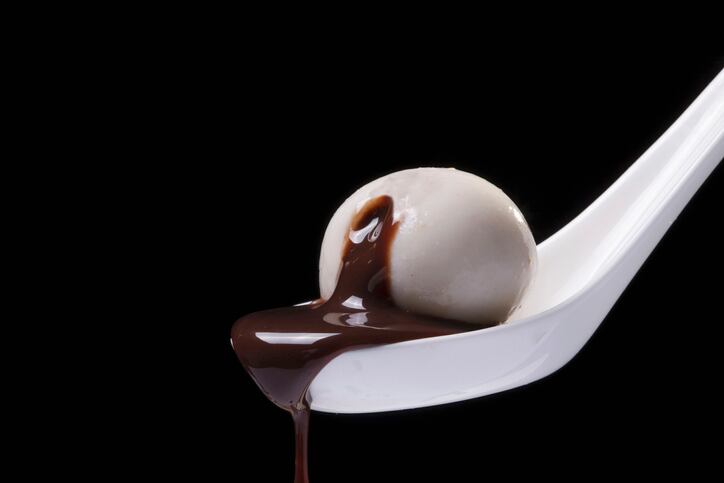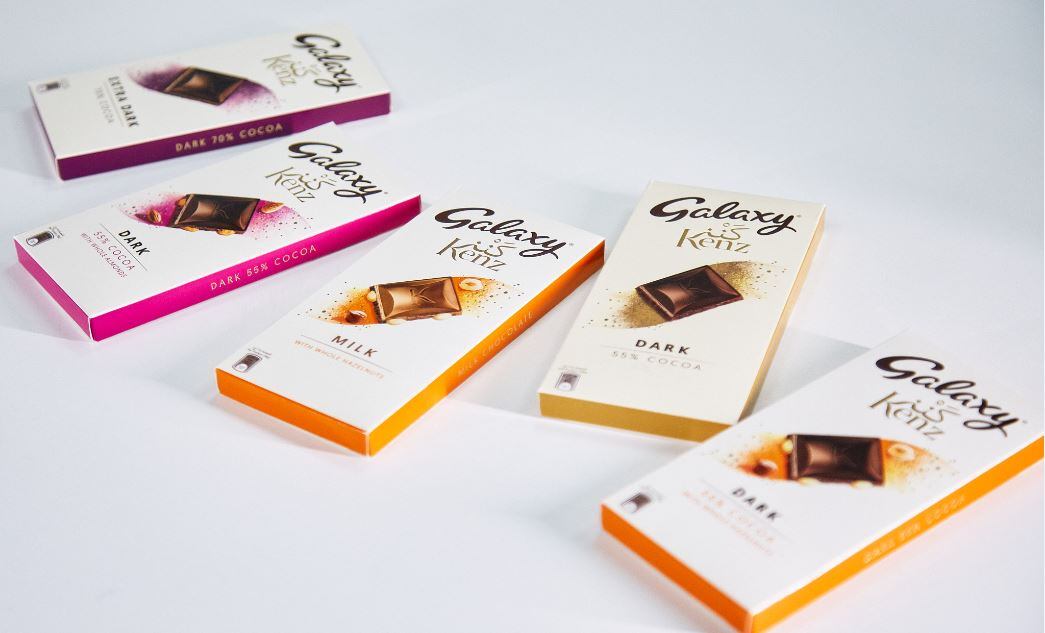According to the Association of Chinese Chocolate Manufacturers, China’s per capita consumption is 70g every year. Japan and South Korea consume about 2kg, while in Europe, the average chocolate consumption is 7kg per person per year.
“For most Chinese consumers, chocolate is not a daily necessity, we can live without it. But one trend we see is chocolate flavours incorporated into local foods,” George Zhang, managing director for Barry Callebaut China told FoodNavigator-Asia.
Zhang said chocolate is still mostly used in the bakery and ice cream sectors. However, he observed its increasing use in local foods such as chocolate filling for steam buns or chocolate flavoured sticky rice.
“We see enormous potential in localising chocolate, combining with local foods will be the next trend.”
Set the bar
The Zurich-based manufacturer of chocolate and cocoa products recently opened a fourth office and a third Chocolate Academy Center in Shenzhen, China.
China is one of Barry Callebaut’s largest chocolate gourmet market globally and expanding its presence in the country was crucial for its long-term growth in Asia.
Zhang said chocolate consumption in China was mainly driven by millennials and younger generation of consumers who “have more international taste.”
“Most traditional Chinese don’t have a sweet tooth, but the younger generation is more open to explore flavours and different kinds of foods.”
He also attributes this to growing Westernisation in China: “Shanghai is one example of how westernised and international the city is from its cuisines. In Shanghai, chocolate is adored and adopted in the Western pastry, bakery chains as well as in food service.”
Zhang expressed that chocolate has a bright future in China, although “its growth is not in a traditional way that Westerners enjoy like in confectionery, but more as chocolate incorporated into local foods.”
Going for gourmet
Despite its rosy future, Zhang said China’s gourmet chocolate market has been particularly affected this year, due to the pandemic.
Traditionally, weddings were driving sales of gourmet chocolates in China. However, with COVID-19, China’s shrinking birth rates and couples marrying later, the wedding industry has been declining, affecting the gourmet chocolate market.
However, there has been increasing applications of gourmet chocolate into other applications such as baked goods, ice cream and most recently beverages.
One example is local brand Milk Dog, which recently launched a premium milk made using one of Barry Callebaut’s gourmet chocolate ingredient, Callebaut 823.
It contains about 10 times more Belgian chocolate than similar drinks in the market.
Zhang said Barry Callebaut is also working with an online brand Amova, which used to source locally produced chocolate in Suzhou, but is now switching to the firm’s 100% Belgium and Swiss chocolate.
According to Zhang, China’s chocolate market is still dominated by international brands such as Mars, Ferraro and Nestle.
Although China’s booming e-commerce sector has allowed more local brands to increase their exposure to consumers.
“These days, we see many local gourmet chocolate brands online, catering to different segments. They may not be as big as Dove or Ferrero, but there are vibrant, constantly adapting to consumer needs, and selling well.”
Health focus
Apart from gourmet and localised chocolate, sustainable and healthier chocolate was another trend that Zhang has noticed.
“The younger generation are looking for healthier products, at the same time indulging themselves. Within chocolate, we constantly receive requests from customers to develop reduced sugar, sugar-free chocolate, high protein and dark chocolate.”




